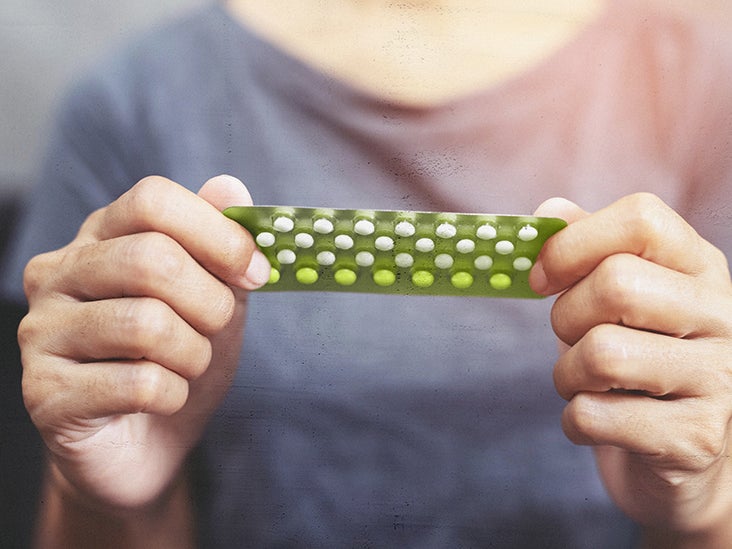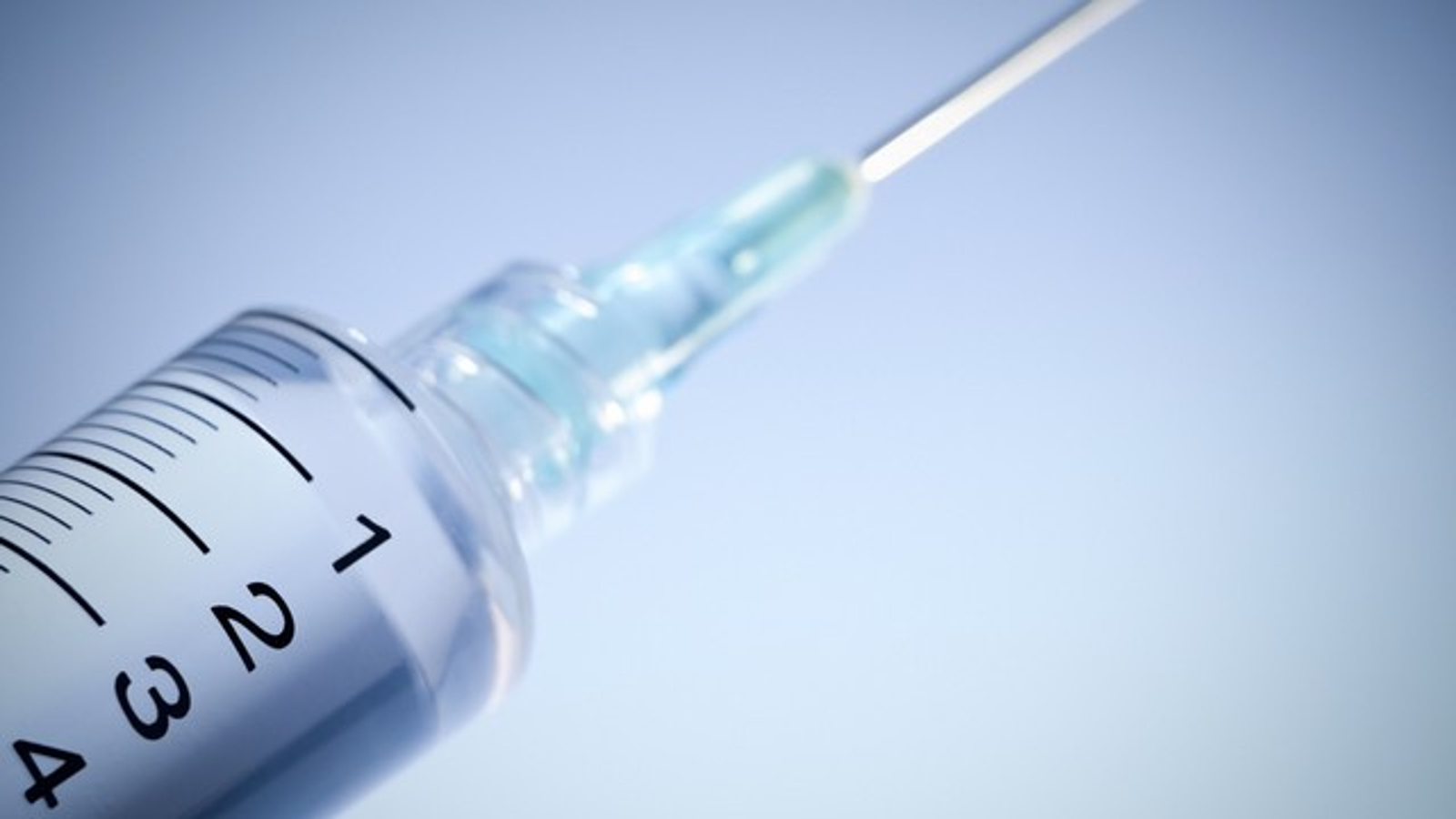

Typical use accounts for missing a pill or two, being a bit late with a new pack, or some other incident that prevents someone from taking the pill every day at the same time.

But progestin-only pills must be taken within the same daily 3-hour window.Īccording to Planned Parenthood, birth control pills are 99 percent effective in preventing pregnancy when taken as directed. Even though there aren’t any inactive pills, you may still have a period during the fourth week of your pack.įor the highest efficacy (and to help you get into a routine), try to take birth control pills at the same time every day.Ĭombination pills offer more flexibility - they’re effective as long as you take one every day. Progestin-only pill packs usually contain 28 days of active pills.During the week of inactive pills, you may have a period. Pill packs with combination pills typically contain 3 weeks of active pills and 1 week of inactive (placebo) pills. Combination pills contain two types of hormones: progestin and estrogen.ease symptoms of certain reproductive conditions, such as PMS and endometriosisīirth control pills come as combination pills and progestin-only minipills:.After that, another shot is required to prevent pregnancy.īirth control pills are a form of hormonal contraception. The hormone released by the shot remains in the body for 3 months.

In the event that an egg is fertilized, this prevents it from sticking to the uterine wall ( implantation). Progestin also thins the lining of the uterus. And when the opening of the cervix is blocked by thickened mucus, sperm can’t travel through as well. When there’s no egg present in the fallopian tube, pregnancy is prevented because there’s nothing for sperm to fertilize. The birth control shot releases progestin into the bloodstream to stop an egg from being released from the ovary ( ovulation) and thicken the mucus around the opening of the cervix. That fertilized egg must then travel down the fallopian tube and attach to the uterine wall. The sperm must move through the cervix (the opening on the bottom of the uterus). How does the birth control shot work?įor a successful pregnancy to occur, an egg must be released into the fallopian tube and then fertilized by sperm. You should still use a barrier method of protection, like condoms, to help prevent contracting an STI and potentially developing a sexually transmitted disease (STD). The shot doesn’t protect against sexually transmitted infections (STIs). In some cases, typical fertility levels may take a little longer to return. It can take around 10 months on average for people to become pregnant after stopping the shot, according to the American College of Obstetricians and Gynecologists (ACOG). If you have your shot on time without being late, there’s less than a 1 in 100 chance you’ll become pregnant during a given year.įor those who don’t take the shot exactly as prescribed - often called typical use - the efficacy rate slips to around 94 percent, which means 6 out of 100 people getting the shot will get pregnant each year. The birth control shot works similarly to the pill by preventing ovulation, thickening cervical mucus, and thinning the lining of the uterus.Īccording to Planned Parenthood, the shot is 99 percent effective when received every 3 months. It contains a synthetic hormone called progestin. Depo-Provera is an injection that prevents pregnancy for 3 months at a time.


 0 kommentar(er)
0 kommentar(er)
